 Drying Technology
Drying Technology
On November 28-30, the inaugural meeting of the Water Supply, Drainage and Ecological Environment Branch of the Guangdong Engineering Survey and Design Industry Association was held in Guangzhou Baiyun Hotel.
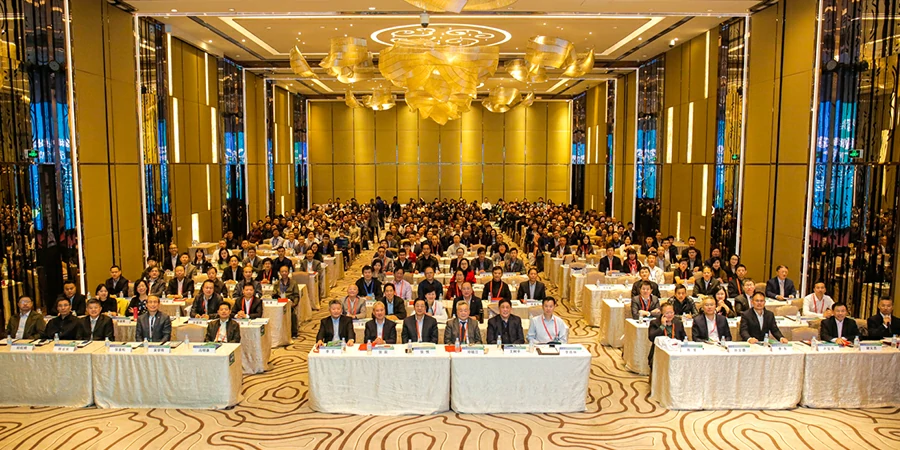
Mr. Shi Zengkuang, General Manager of Guangzhou Shincci Energy Equipment Co., Ltd. (hereinafter referred to as "Shincci"), Mr. Wang Jianguo, Director of Marketing Center, and Ms. Chen Meijun, General Manager Office were invited to attend the conference.
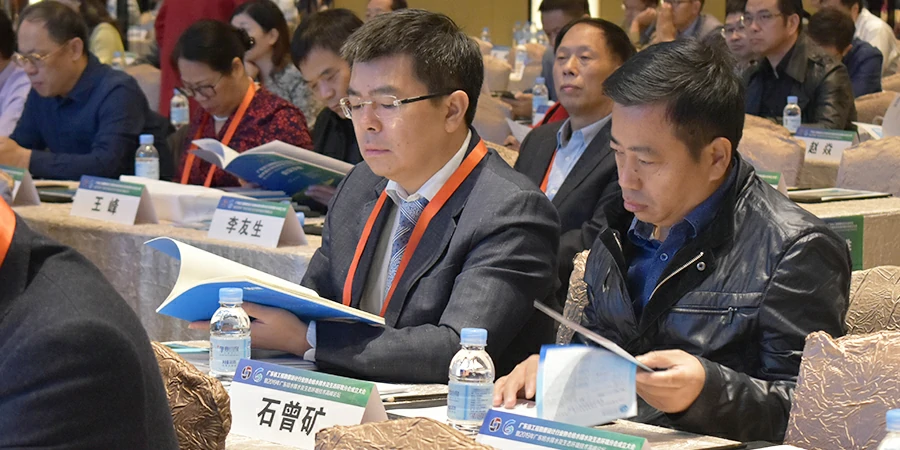
This forum was co-sponsored by the Water Supply and Drainage and Ecological Environment Branch of the Guangdong Engineering Survey and Design Industry Association, Guangdong Architectural Design and Research Institute, Guangzhou Shincci Energy Equipment Co., Ltd., and China Water Supply and Drainage Magazine.
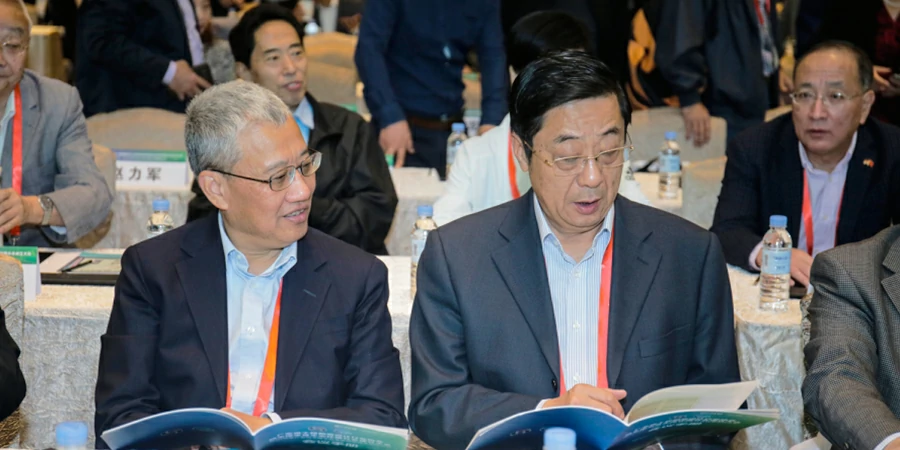
At the opening ceremony on the morning of December 28, the general manager of Shincci, Mr. Shi Zengkuang, and the conference representatives took the stage and pressed the start button together to announce the official establishment of the branch.
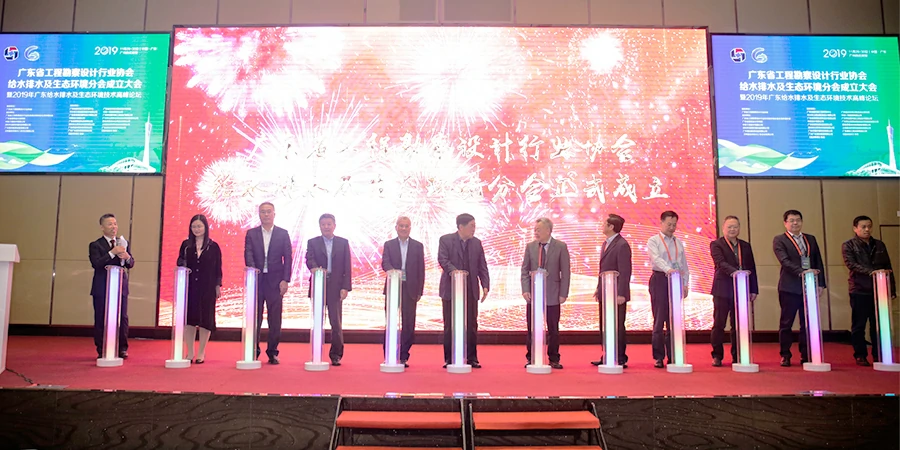
As the country's largest survey and design association branch organization, Guangdong Water Supply and Drainage and Ecological Environment Branch has recruited more than 200 member companies. The branch will take the construction of data intelligence database as the carrier, rely on the integration of academic and media, and develop high-level scientific research, consulting services and information dissemination as the main line to provide strong technical support for the construction and development of water control projects in Guangdong.
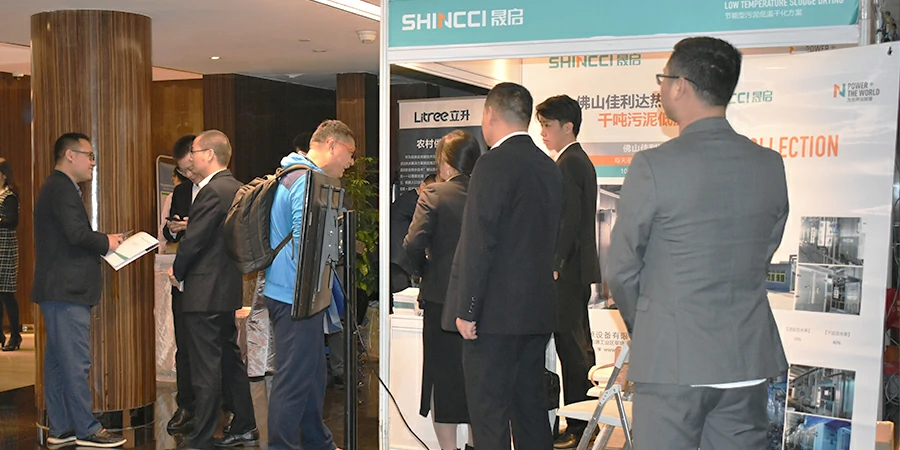
The hot topics of this forum summit around sludge treatment have also attracted the attention of the industry. At this stage, my country's sludge treatment still has a series of drawbacks such as water and soil pollution, unclear process routes, unknown destinations, and low utilization rates. In the technical report session in the afternoon, Mr. Tan Jixiang from Shincci's marketing department made a technical report on "Sludge Harmless Treatment of Circular Economy Industry Chain" at the meeting to discuss with everyone the model and countermeasures for the development of circular economy in the field of sludge treatment. In his speech, Mr. Tan Jixiang focused on the application of the Foshan Jialida Cogeneration Circular Economy Industrial Demonstration Project.
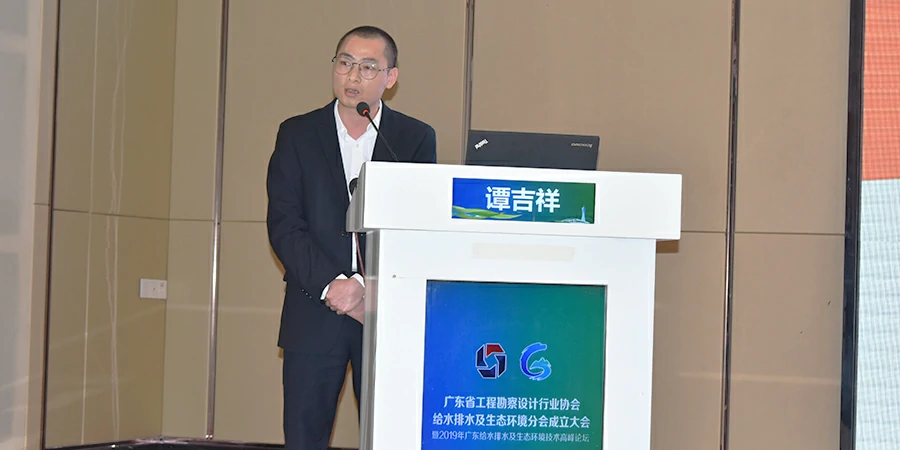
As the largest domestic sludge low-temperature drying technology route demonstration project, its daily processing volume of wet sludge is about 1,000 tons. Foshan Jialida sludge treatment and disposal project maximizes the use of resources in sludge through scientific design, intelligent control and advanced sludge drying facilities. This project plays an important role in the in-depth cooperation between Shincci and Foshan Jialida Environmental Protection in the field of sludge harmlessness. It effectively solves the problem of sludge treatment and disposal in the surrounding printing and dyeing industrial park, and strongly promotes the local textile printing and dyeing industry for transforming and upgrading to achieve green and recycle development.
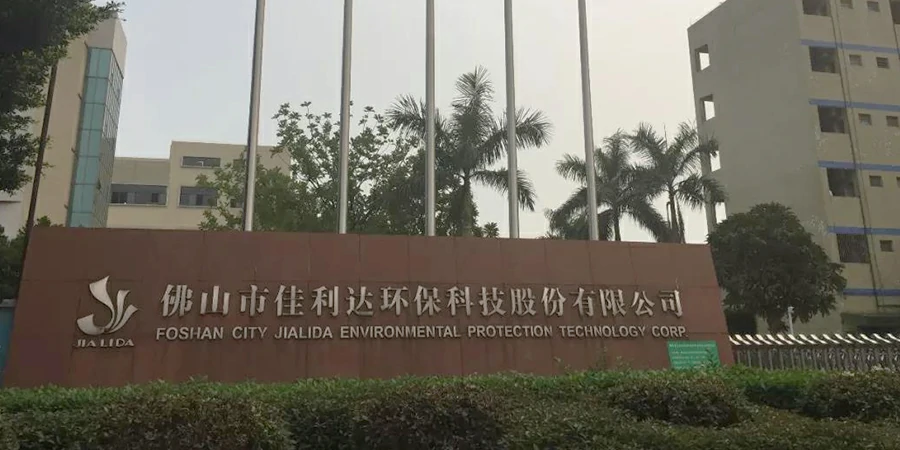
In the afternoon of the next day, buses set off from the entrance of Baiyun Hotel, and an inspection group composed of more than 100 industry experts went to the site of the Jialida sludge project under the organization of the organizer. After about an hour's drive, the team arrived at the Jialida Sludge Treatment Center in Sanshui District, Foshan.
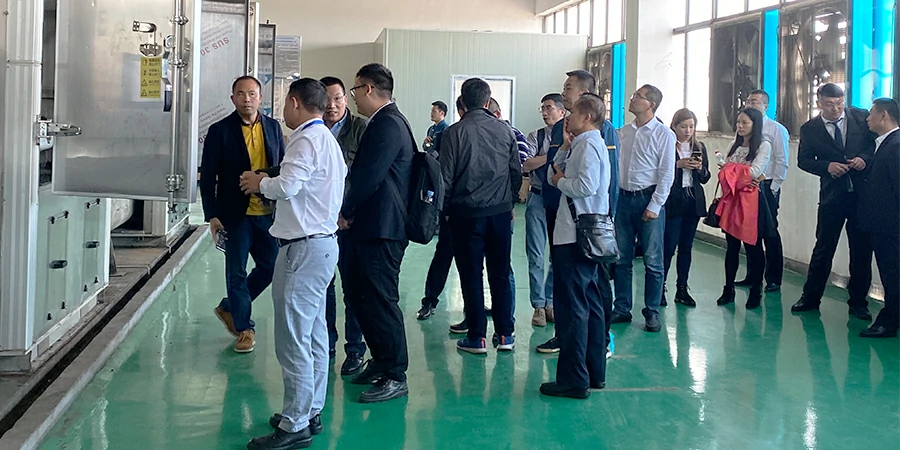
The overall process route of Foshan Jialida Sludge Disposal Center is to realize the recycling and sustainable development of treatment and disposal meanwhile to minimize pollution emissions.
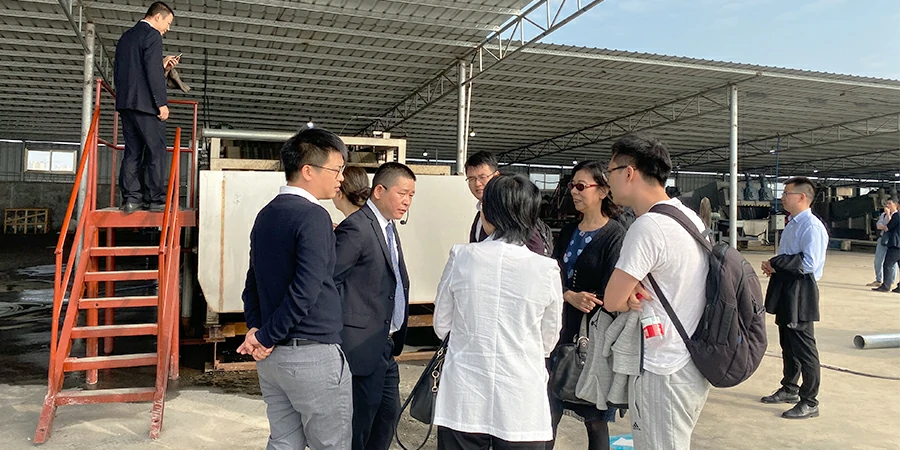
The main process units include: sewage treatment in industrial parks, sludge drying reduction to be treated, mixed combustion and utilization of dried mud in thermal power plants, production and heating in industrial parks, and heat source recovery and utilization of dryers, etc., which forms a cycle with characteristics of circular economy and replicable. The promoteable sludge drying and reduction resource utilization industrial chain is a demonstration base for sludge disposal in Foshan, and was rated as "2018-2019 Excellent Case of Sludge Treatment and Disposal in China" by China Water Website.
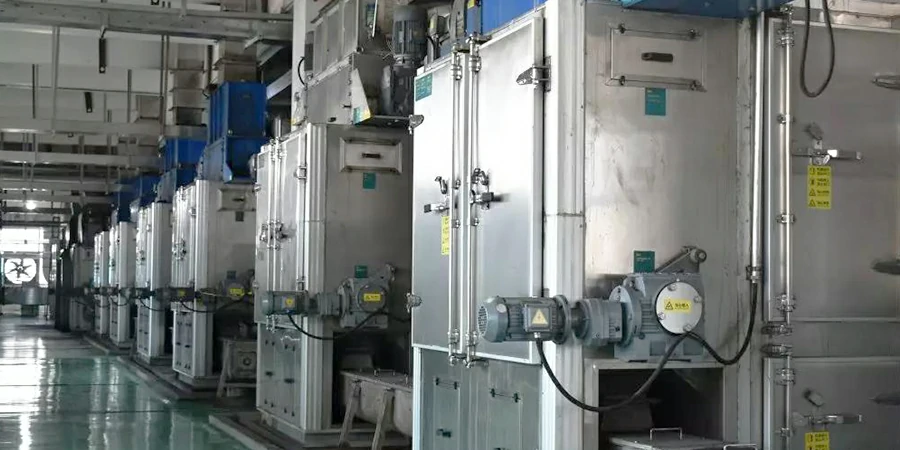
The workshops in the visiting area are concentrated on the fourth and fifth floors. The fourth floor is the low-temperature dehumidification and drying machine room, and the upper floor is the screw stacker dehydration area and cooling tower placement area. The inspection group entered the visiting area in groups and in order to observe the process units of the whole treatment process such as mud feeding, dewatering, drying, mud discharging, and dry material collection, storage and transportation.
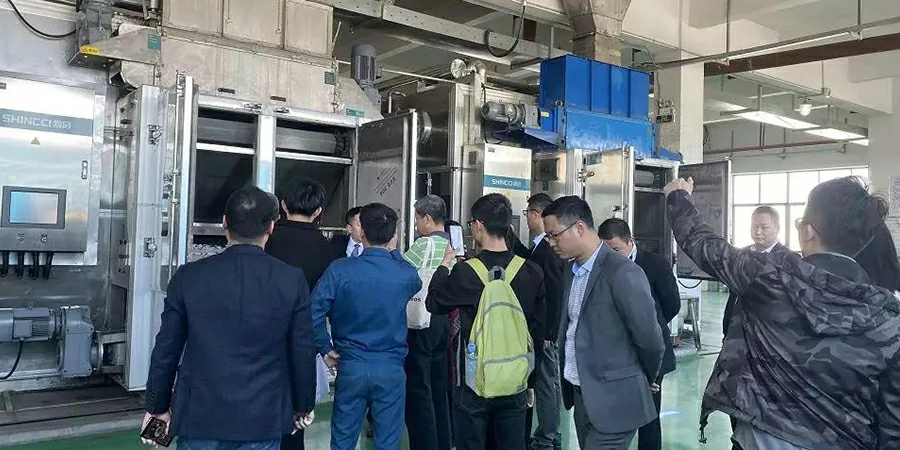
The daily processing capacity of Jialida sludge project is about 1,000 tons. Shincci selected more than 10 steam absorption heat pump sludge waste heat dryers SBHWHD50000, of which a single device can process up to 70 tons of wet sludge (from water 80% wet mud is dried to 25% moisture content).
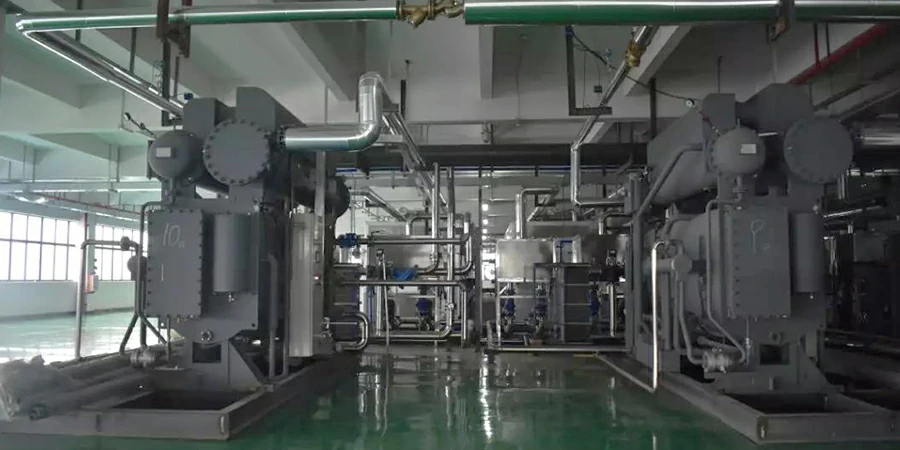
The total design of ten trunking lines, six lines have been completed by the end of 2018, the production and engineering construction of the remaining trunking lines are also in full swing.
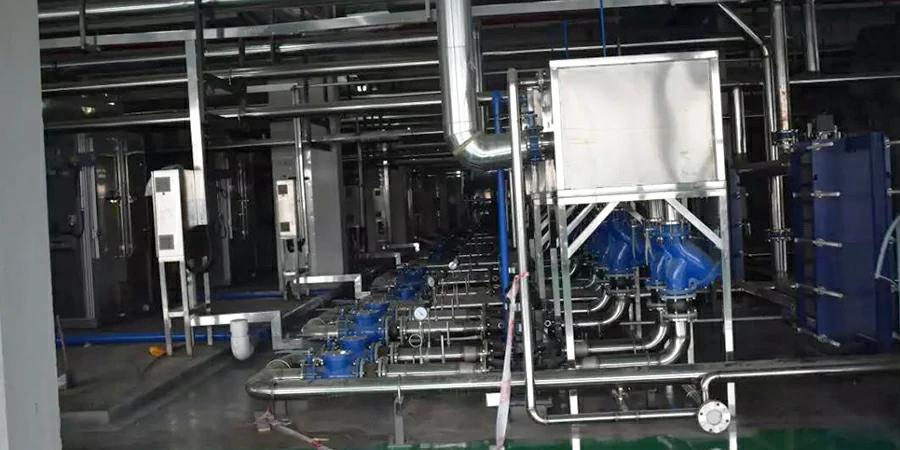
The instructor of Shincci introduced to everyone that the large-scale multi-module low-temperature drying unit here adopts Shincci's absorption heat pump technology applicated lately. Its principle is: to recover the heat of the cooling circulating water in the dryer (42℃ cooling circulating water will drops to 33°C after heat recovery), and the recovered heat is released to the heat circulating water of the dryer, and then the heat source steam is used to reheat the heat circulating water to 80°C, which is used as the heat source of the dryer. Through energy recovery, the steam consumption of the equipment is greatly reduced, and the operation energy efficiency of the drying equipment is further improved.
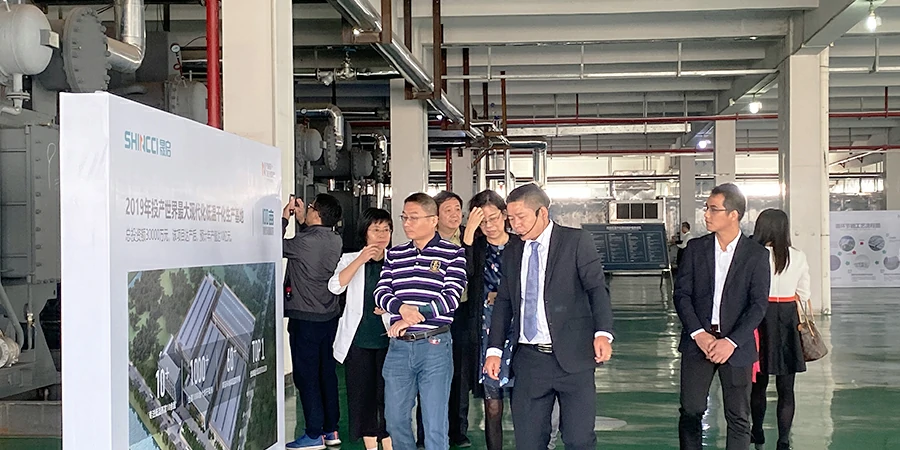
Each line will dry 70 tons of wet mud with a moisture content of 80% to a moisture content below 35%. Each ton of wet mud needs 0.5 tons of steam and 48kw.h of electricity.
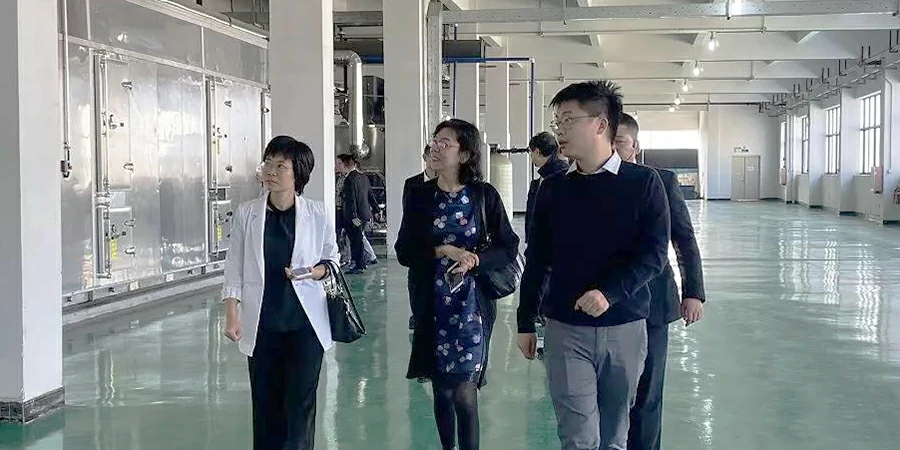
Walking to the area of the plate heat exchanger system, the instructor tells everyone that the outlet water temperature of the previous steam absorption heat pump is 80°C. With the help of the plate heat exchanger steam, it exchanges heat with 80°C hot water to heat the 80°C hot water to 90°C, and then sent to the heater of the low-temperature waste heat drying equipment.
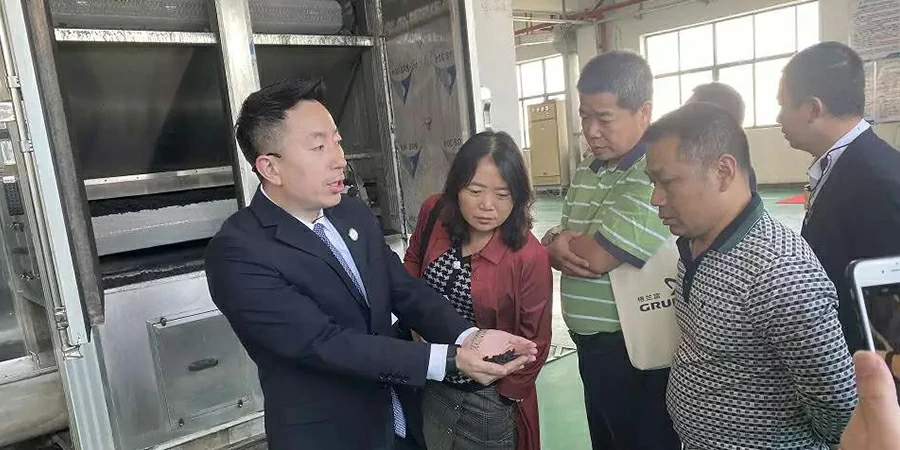
Shincci's independent innovation of low-temperature waste heat dryer uses cooling water to cool the return air so that the moisture in the air can be condensed and discharged, and then use hot water to heat the dehumidified cold and dry air, and send the heat and dry wind back to the drying room to dry the sludge. The water in the sludge evaporates, and the whole process is reciprocating.
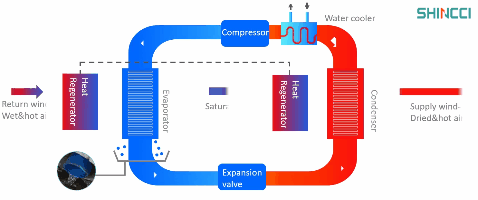
The low-temperature waste heat dryer can use many types of waste heat, including steam, steam condensate, flue gas, etc. The Jialida project uses steam, but an absorption heat pump is added in the front of the low-temperature waste heat drying equipment to further recover energy and low down the project cost.
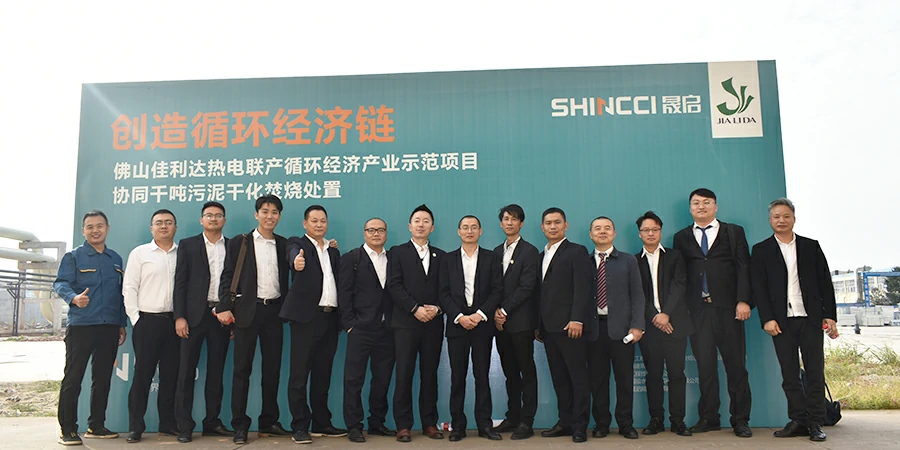
This visit has won unanimous praise and recognition from the experts and colleagues present, and aroused strong responses in the industry. Shincci will also continue to adhere to the "circular economy industrial chain" as its development orientation, and make greater contributions to industrial ecologicalization and overall green development.